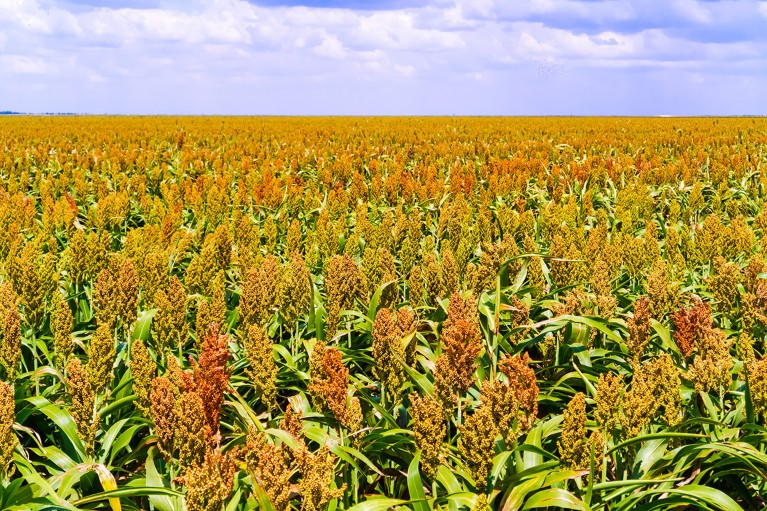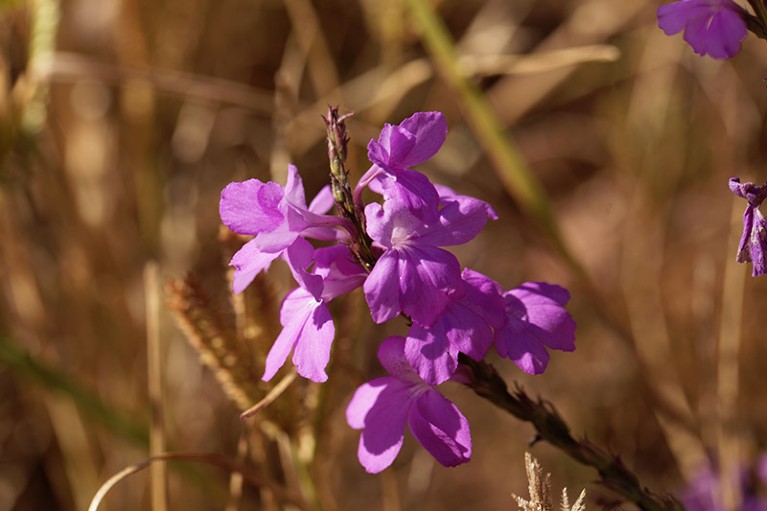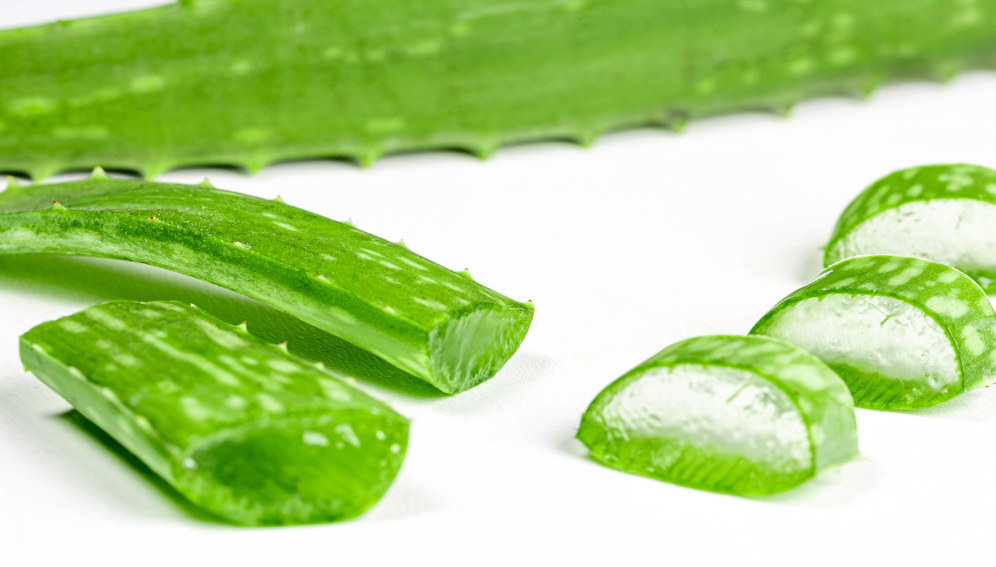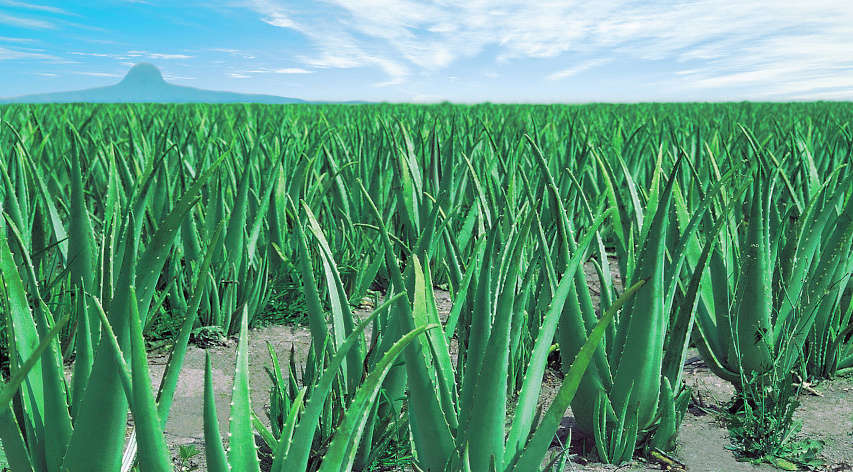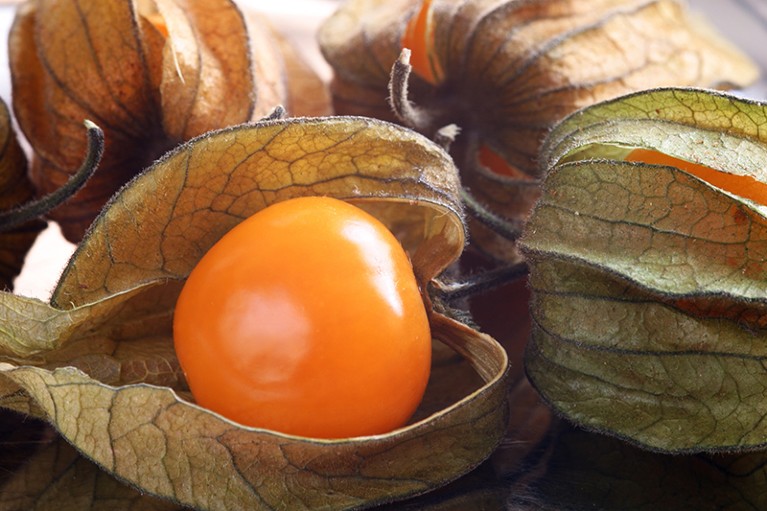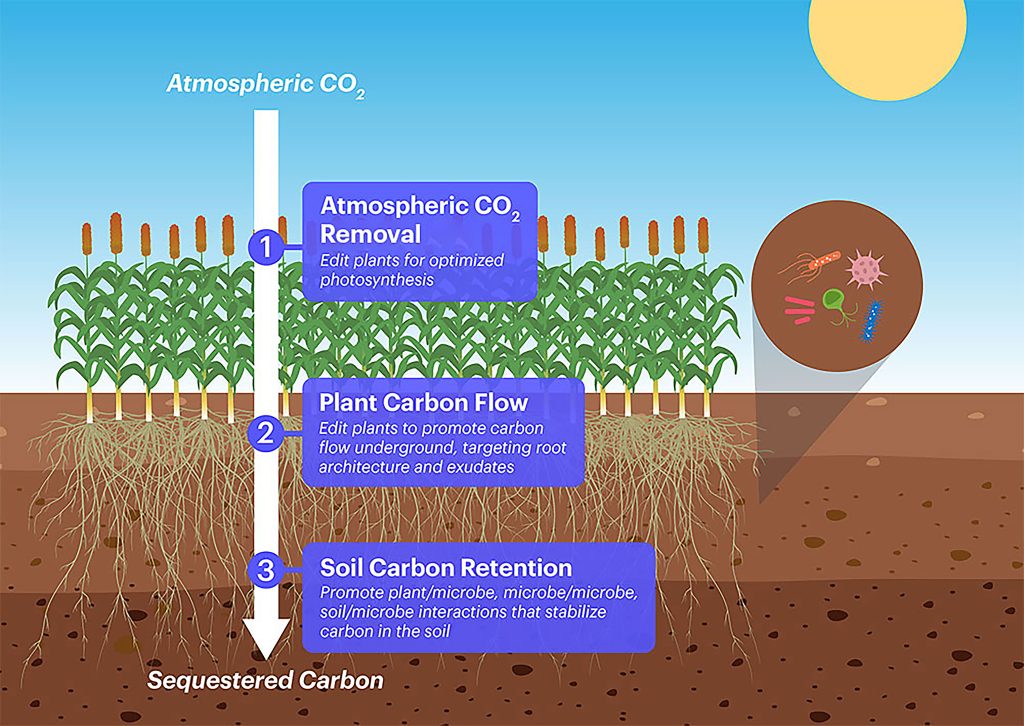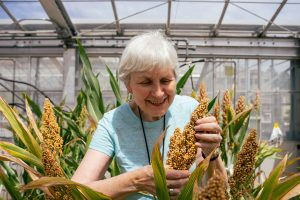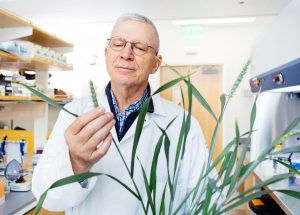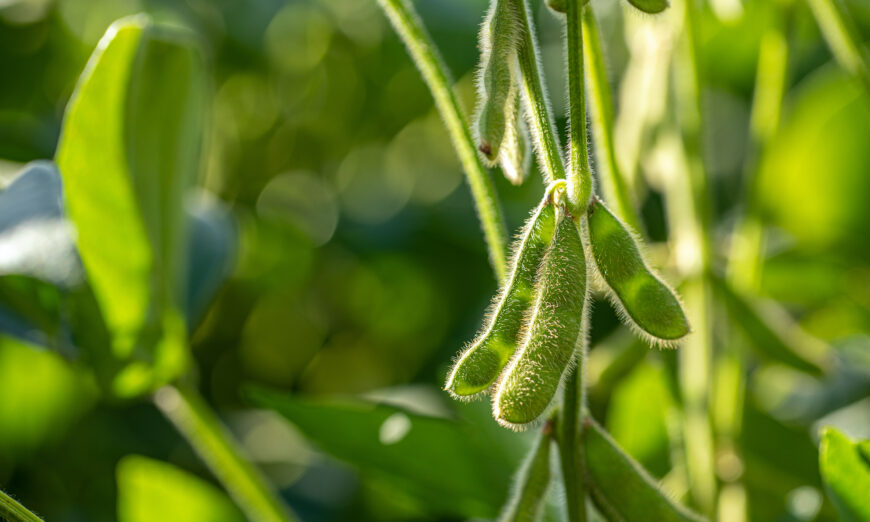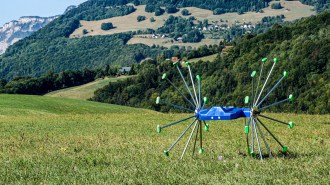Although not yet common in American kitchens, this ancient, gluten-free grain is a nutrient powerhouse—and gaining popularity for its health benefits.
Sorghum is an ancient grain that has been a staple in diets throughout Africa and Asia for millennia. According to the Whole Grains Council, ancient grains refer to grains that have been largely unchanged for the past several hundred years and, thus, are often healthier options compared with the many refined grains we eat today.
Sorghum, or sorghum bicolor, is a cereal grain plant and member of the grass family—along with wheat, corn, and barley. It has a high yield and is resistant to heat and drought, making it a highly prized crop in hot and arid regions.
There are many varieties, and the plant produces small, round grains that are often categorized by color, coming in white (the most common), yellow, red, and black varieties. The grains are eaten cooked or ground into flour for bread, baked goods, and other dishes.
The United States is the largest producer of grain sorghum globally, producing about 454 million bushels in 2021. It is a hearty, versatile crop that, in addition to being a nutritious food for humans, is used for animal feed and biofuel; a sweet variety is used to make syrup, molasses, whiskey, and rum.
Sorghum goes by many names around the world. It is known as Guinea corn in West Africa, kafir corn in South Africa, dura in Sudan, mtama in East Africa, bachanta in Ethiopia, cholan, chari, milo, and jowar in India, shallu in Myanmar, and kaoliang in China.
Nutrition
Sorghum is a gluten-free grain that has gained popularity in recent years because of an increasing number of people looking for gluten-free options to make bread and other baked goods, including those with celiac disease who need to avoid gluten to keep their digestive systems happy.
Dr. Steven Gundry is a former heart surgeon, current director and founder of the International Heart & Lung Institute and the Center for Restorative Medicine, a bestselling author, and expert in human nutrition. A big fan of sorghum for its health benefits, he recommends it to patients, telling The Epoch Times via email:
“Since 100 percent of my leaky gut and autoimmune patients have antibodies to gluten and the other wheat, barley, rye, and oat proteins, it’s the perfect replacement to stop damage to the gut wall, yet still tastes great and has that all-important ‘mouthfeel’ [as] the other grains.”Sorghum is also an abundant source of polyphenols—compounds that plants produce that help to protect them from threats. Those protections are passed on to us when we eat these polyphenol-producing plants.

Research has shown that polyphenols in plants have a significant protective effect against the development of multiple chronic diseases such as cardiovascular diseases, diabetes, and cancer.

Dr. Gundry also points to another unique benefit of sorghum, noting:
“Sorghum is one of the few grains that has no hull, hence it has no lectins—dangerous plant proteins that can cause leaky gut. Moreover, it is a plant that grows well with limited water use, perfect for global climate changes.
“Plus, because of its texture, it can be a great stand-in for other grains like sorghum risotto or sorghum ‘oatmeal’ or turkey stuffing—I share a recipe for this in my NYT bestselling ‘Plant Paradox Cookbook!’”An excellent source of protein and fiber, a one-cup serving of sorghum grain offers 20.4 grams of protein and 12.9 grams of fiber. Abundant in vitamins and minerals, sorghum has ample phosphorous, iron, magnesium, copper, zinc, and potassium, all vital for a healthy body.
Sorghum is also exceptionally high in antioxidants because of its phenolic compounds. A study published in The Journal of Medicinal Food found that two sorghum varieties—black and sumac—have greater antioxidant and anti-inflammatory properties than popular foods such as pomegranates and blueberries.
Studies have shown that sorghum is beneficial for a variety of conditions, from helping to lower blood sugar to helping to reduce the risk of some cancers.
Helps Lower Blood Sugar
Its low glycemic index level means that sorghum digests more slowly than other grains, helping to release glucose into the body gradually, which is especially helpful for those with diabetes.
A small randomized-controlled trial using healthy men set out to evaluate the effect of grain sorghum on blood glucose and insulin levels after eating. The men consumed either whole wheat (used as the control) or grain sorghum muffins, and their glucose and insulin levels were measured “15 minutes before and [zero], 15, 30, 45, 60, 75, 90, 120, 180 minutes after consumption.”
Researchers found an average of 35 percent reduced blood glucose in the men eating the sorghum muffins. Insulin responses were also significantly reduced with the sorghum muffins versus the control group. The results led the researchers to conclude that grain sorghum can “assist in managing glucose and insulin levels in healthy individuals.”
Supports Heart Health
Keeping blood moving freely throughout the circulatory system is vital for a healthy heart, and heart disease remains the No. 1 cause of death in the United States. Aspirin is commonly prescribed for those with heart conditions and for those at risk of developing the disease to thin the blood and prevent dangerous blood clots from forming.
According to data from the National Institutes of Health, approximately 29 million Americans “who don’t have cardiovascular disease take aspirin daily for prevention.”
In a study published in Nutrients in 2020, researchers took blood samples from 18 healthy volunteers and treated them with various levels of black sorghum extract to observe their effect on blood clotting. The extract “significantly reduced both collagen-induced platelet aggregation and circulatory PMP [platelet-derived microparticles] release compared to the control,” meaning that they reduced blood clotting.
Based on the results, the study concluded that the black sorghum extract may have cardioprotective effects by “modulating specific signaling pathways involved in platelet activation and PMP release.”
Sorghum May Help Reduce the Risk of Some Cancers
Studies suggest that sorghum may also have anticancer effects.
A study using human breast cancer xenografts in mice [human breast cancer implanted into mice] found that sorghum could suppress tumor growth and inhibit migration and metastasis of human breast cancer cells. The researchers concluded with “strongly recommending” sorghum (Hwanggeumchal sorghum) as an “edible therapeutic agent” for its “tumor suppression, migration inhibition, and anti-metastatic effects on breast cancer.”
Another study set out to test the anti-cancer effects of a “high phenolic sorghum bran extract” on human colon cancer cells. The study found that colon cancer cells treated with the extract demonstrated a “significant dose-dependent suppression of cell proliferation.” The extract also induced apoptosis (cell death) and inhibited cell growth, migration, and invasion. Researchers noted that “the present study expands our understanding of the potential use of high phenolic sorghum bran to prevent human colon cancer.”
In a third study using a mouse model, “high-phenolic sorghum bran extracts” inhibited the spread and induced apoptosis (cell death) in colorectal cancer cell lines. The extract also activated AMPK (a tumor suppressor) and autophagy (a healthy cell’s natural recycling process that removes unwanted or defective parts). Six weeks of treatment with the extract was shown to “significantly suppress tumor formation.”
More research on human subjects is needed, but the initial research on animal models and in humans is promising.
How to Use Sorghum and Where to Find it
Sorghum is highly versatile and available in most health food stores and online as a grain, flour, and, increasingly, in a wide variety of products such as popcorn, pasta, cereal, and bread. Dr. Gundry has a section on his website listing recommended products, including some made with sorghum, such as spaghetti.
For anyone looking to introduce a healthier whole grain into their diet or those trying to avoid gluten because of sensitivities, sorghum is a wonderful, nutrient-packed option, high in protein and fiber, with many health benefits.
“For those people who cannot give up grains, sorghum is the perfect replacement. Plus, for people who cannot give up popcorn, popped sorghum tastes like, smells like, looks like popcorn! My wife is addicted to it!” Dr. Gundry said.
